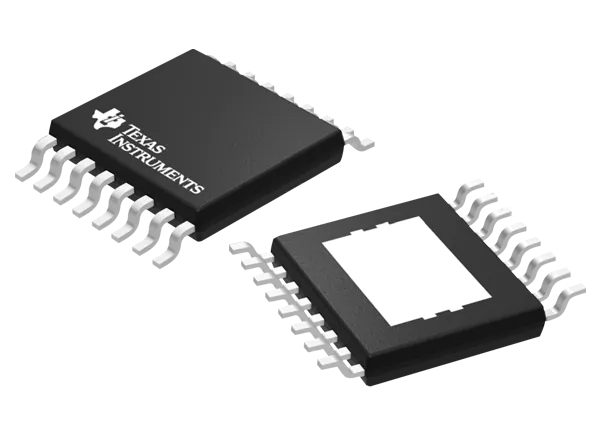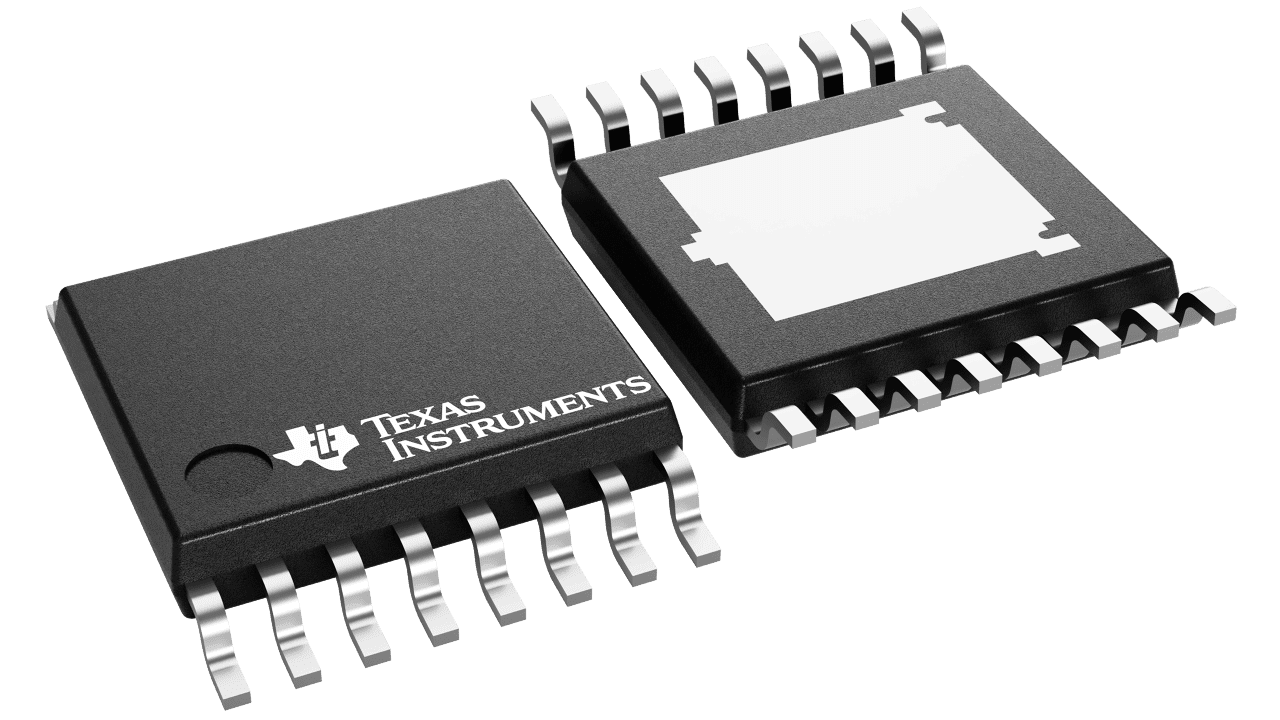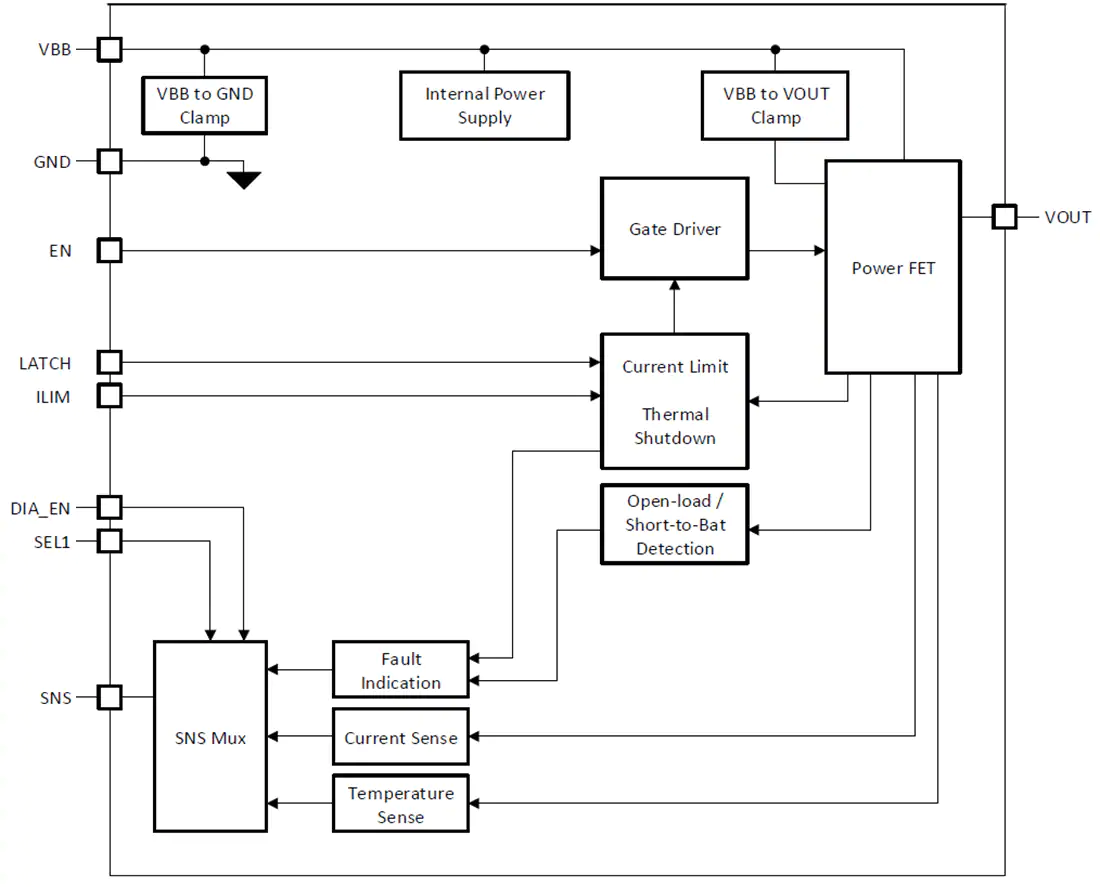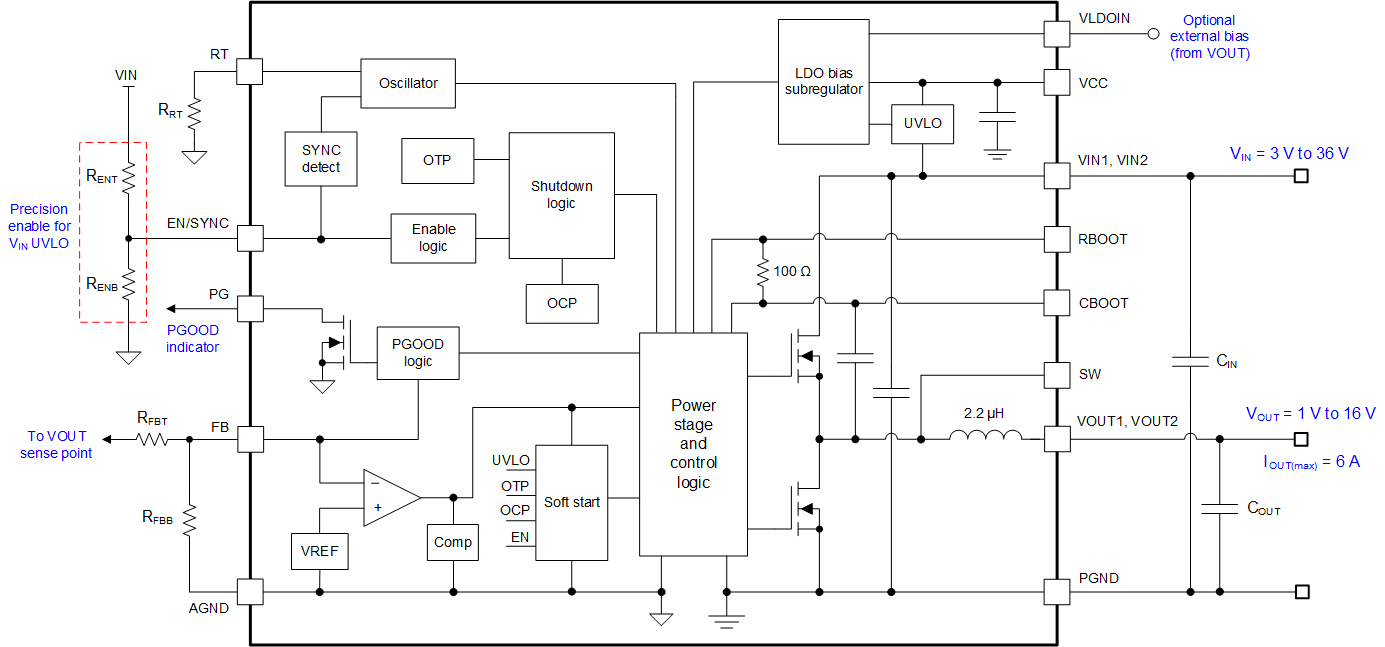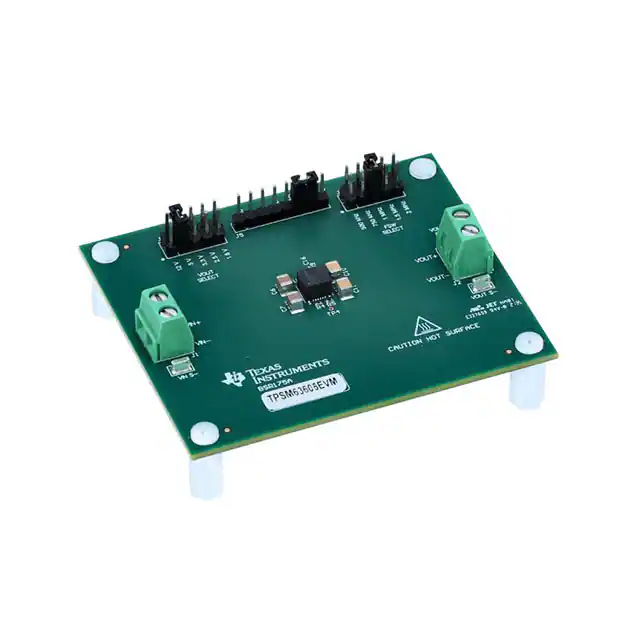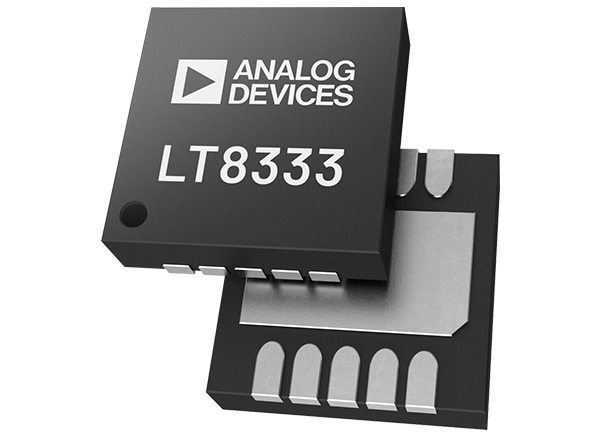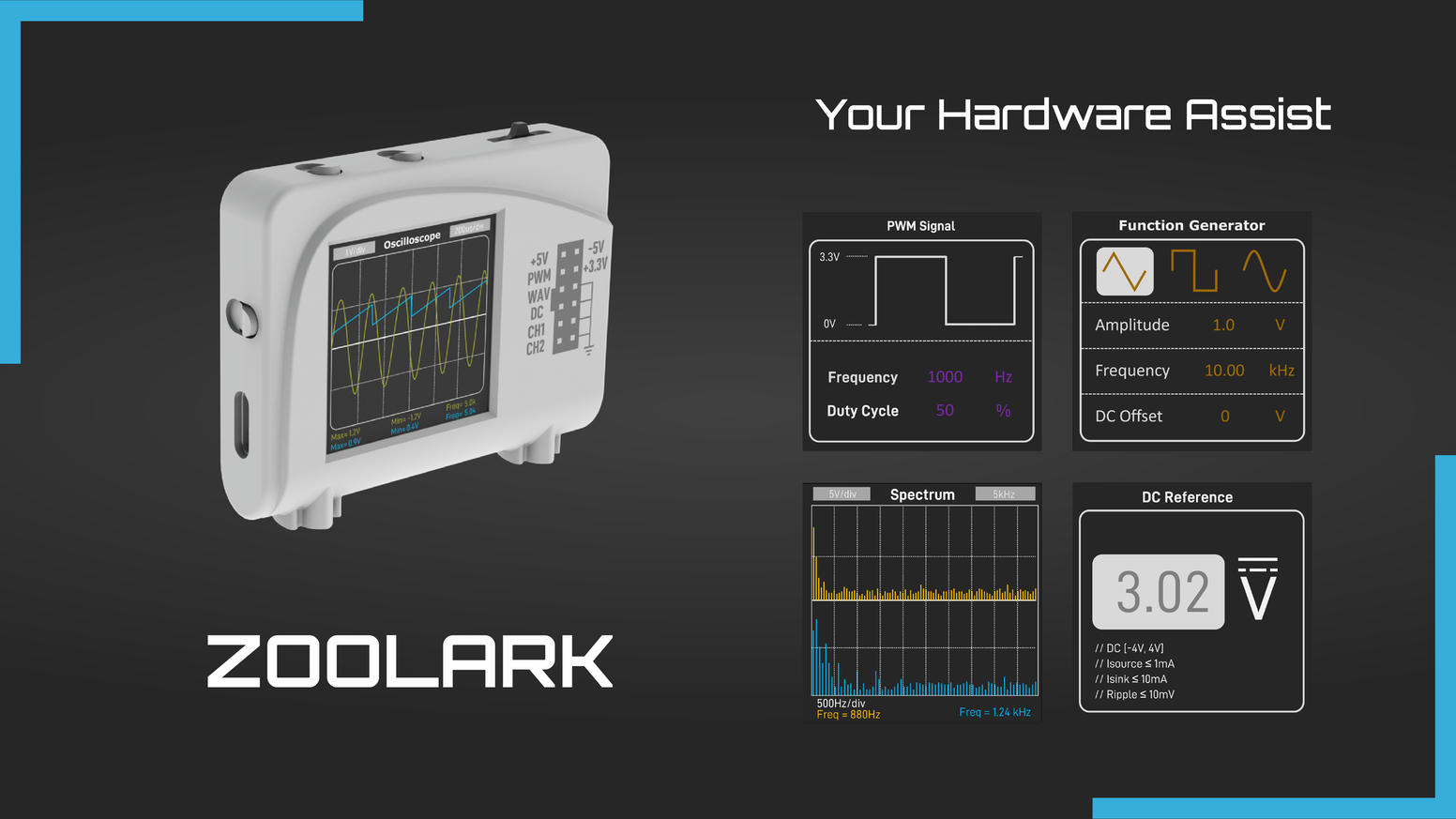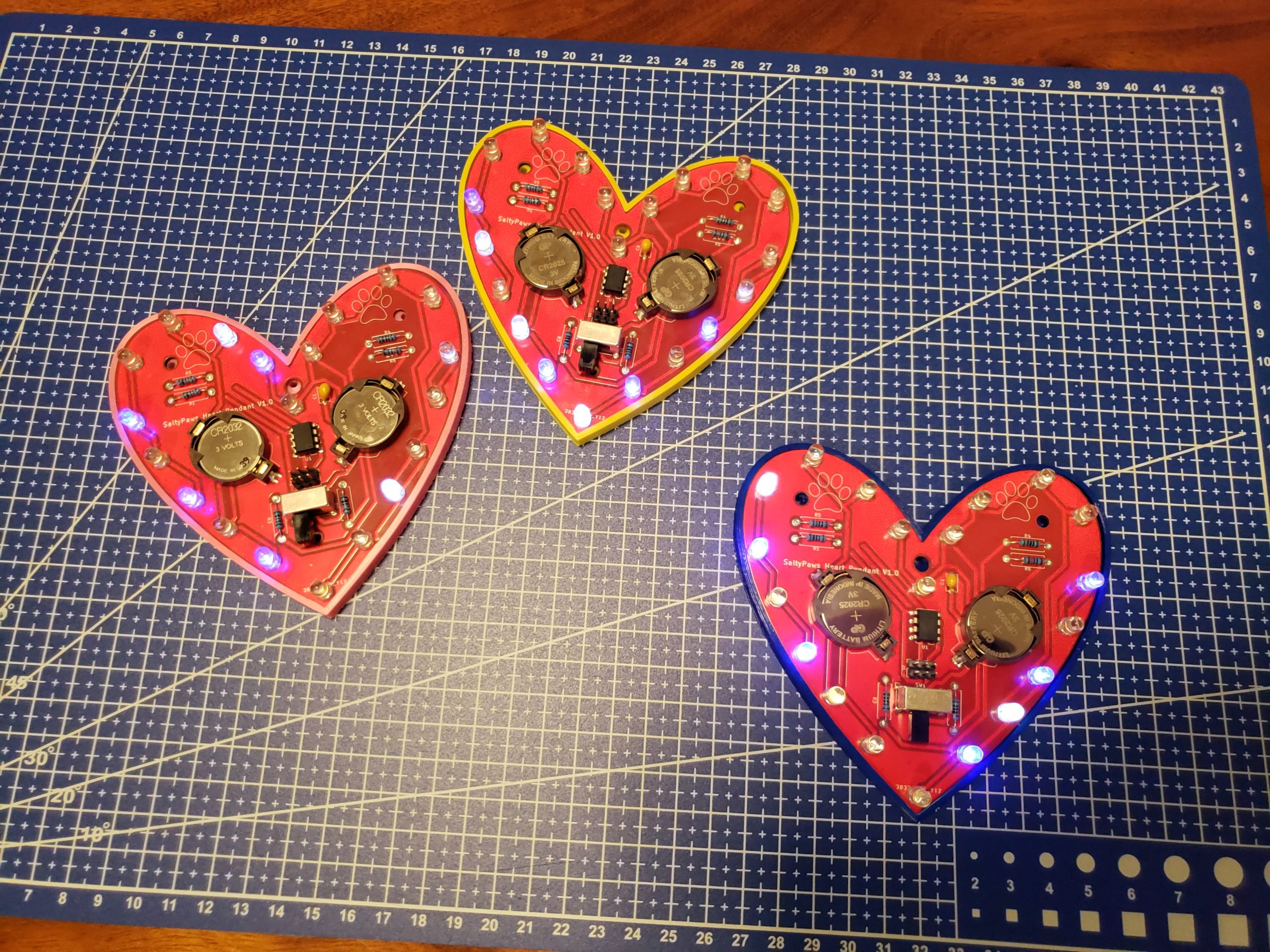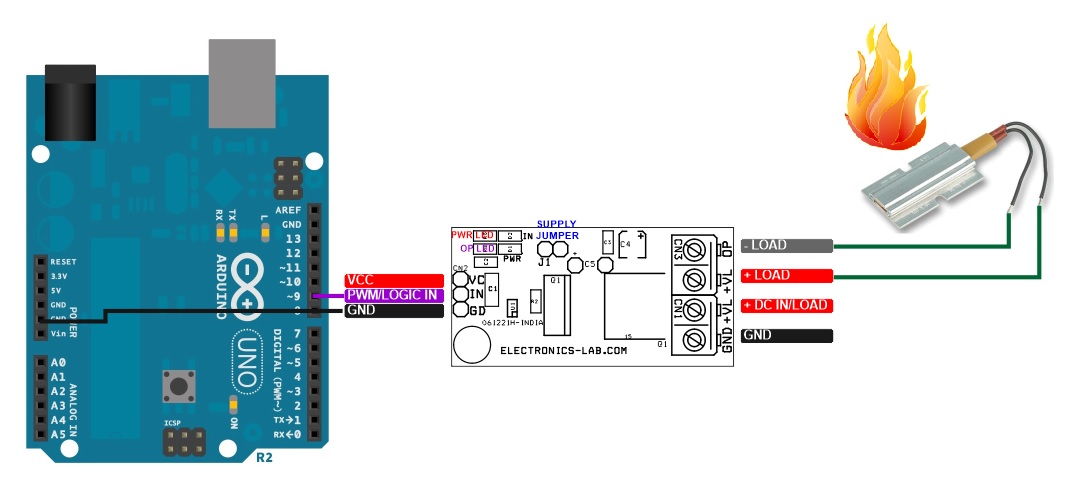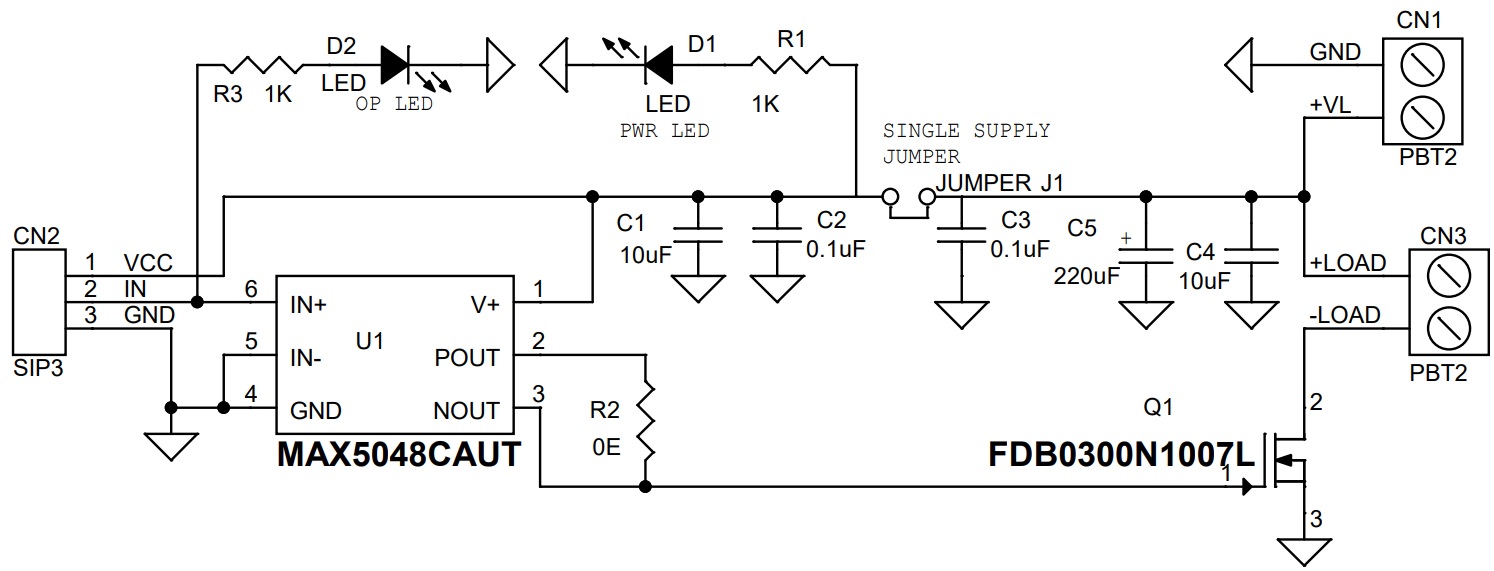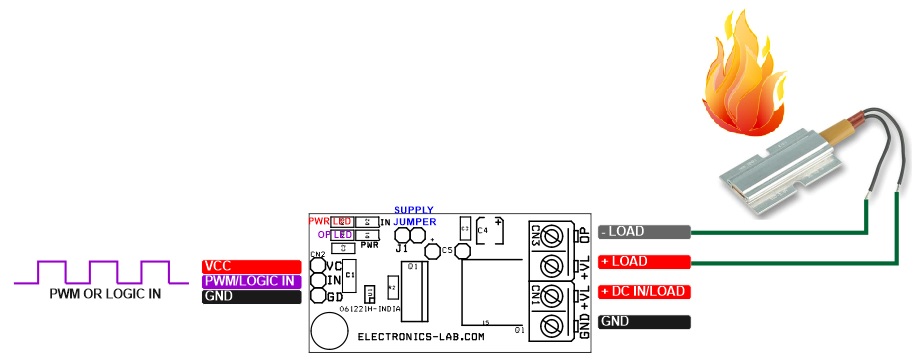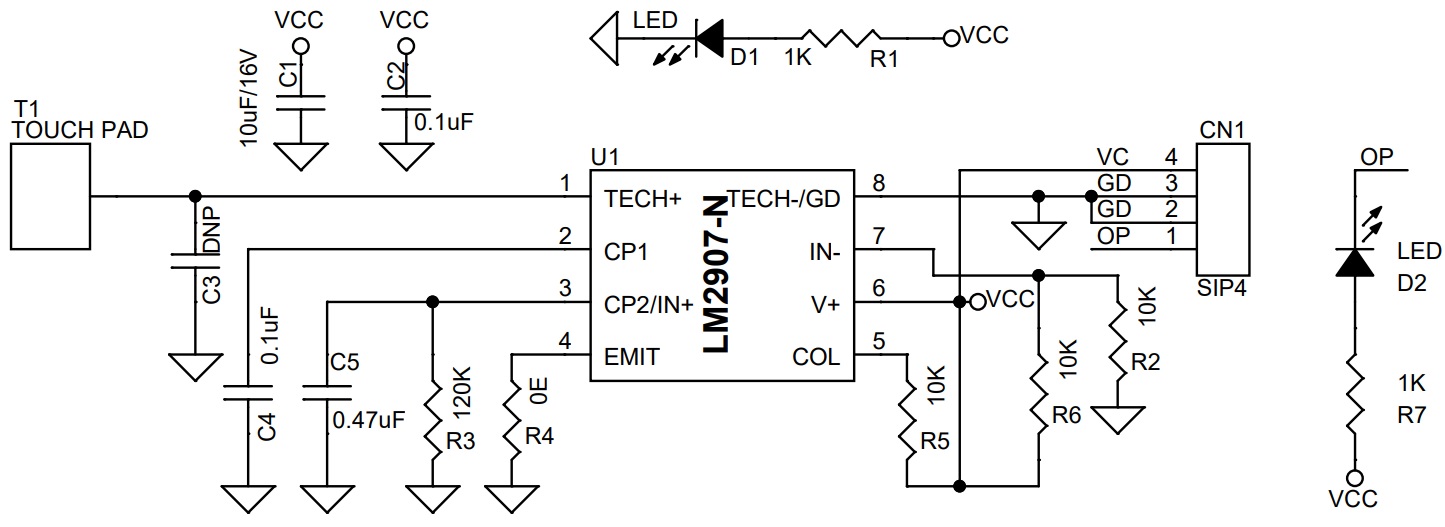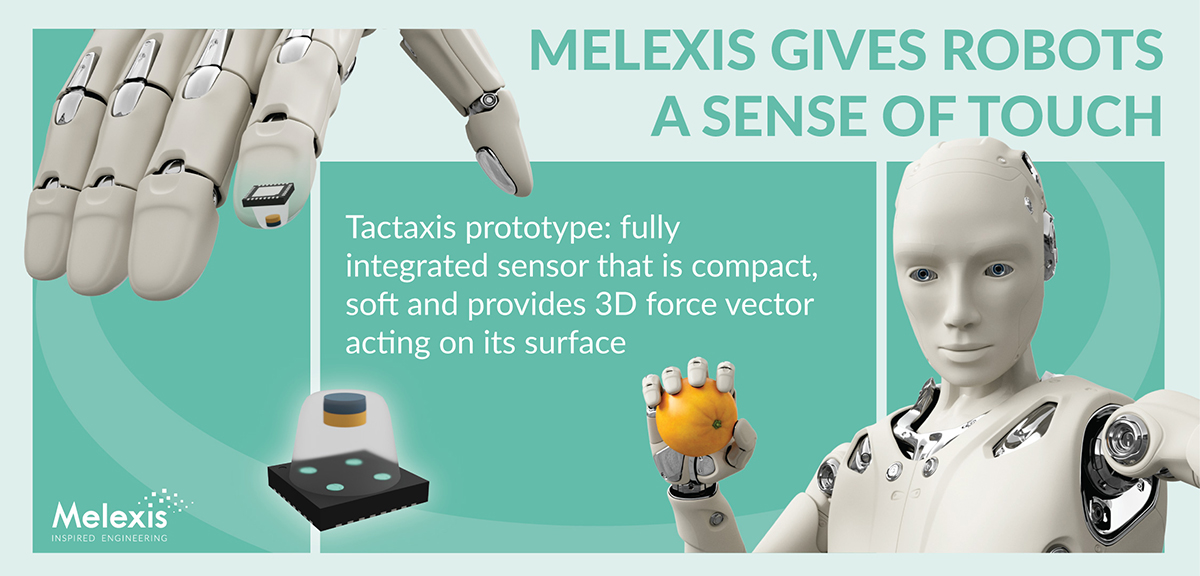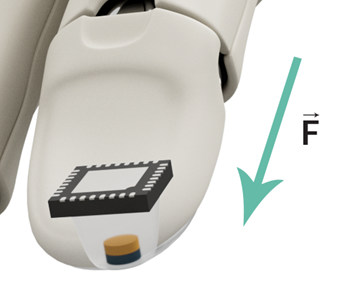Texas Instruments TPS1HB08-Q1 Smart High-Side Switch is intended for use in 12V automotive systems. The device integrates robust protection and diagnostic features to ensure output port protection, even during harmful events like short circuits in automotive systems. The device protects against faults through a reliable current limit, which, depending on the device variant, is adjustable from 6.4A to 70A or set at 94A. The high current limit range allows for usage in loads that require large transient currents, while the low current limit range provides improved protection for loads that do not require high peak currents. The device is capable of reliably driving a wide range of load profiles.
The TPS1HB08-Q1 also provides a high accuracy analog current sense that allows for improved load diagnostics. By reporting load current and device temperature to a system MCU, the device enables predictive maintenance and load diagnostics that improve the system lifetime. The TPS1HB08-Q1 is available in an HTSSOP package, which allows for a reduced PCB footprint.
Features
- AEC-Q100 qualified for automotive applications
- Temperature grade 1: –40°C to 125°C
- Device HBM ESD classification level 2
- Device CDM ESD classification level C4B
- Withstands 40V load dump
- Functional safety capable
- Documentation available to aid functional safety system design
- Single-channel smart high-side switch with 8mΩ RON (TJ = 25°C)
- Improve system-level reliability through adjustable current limiting
- Current limit set-point from 6.4A to 70A
- Version F: 94A fixed ILIM
- Robust integrated output protection
- Integrated thermal protection
- Protection against short to ground and battery
- Protection against reverse battery events including automatic switch-on of FET with reverse voltage
- Automatic shut off on loss of battery and ground
- Integrated output clamp to demagnetize inductive loads
- Configurable fault handling
- Analog sense output can be configured to accurately measure
- Load current
- Device temperature
- Provides fault indication through SNS pin or FLT pin
- Detection of open load and short-to-battery
Block Diagram
more information: https://www.ti.com/product/TPS1HB08-Q1


